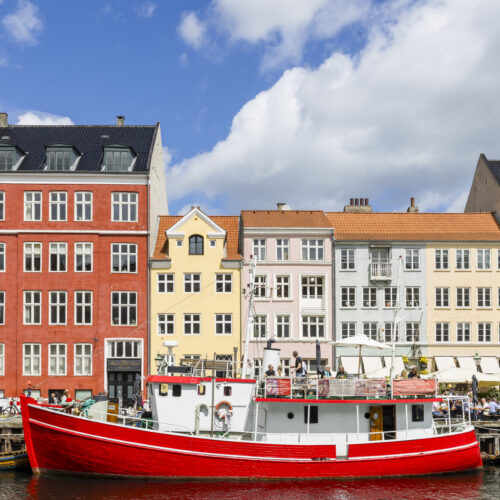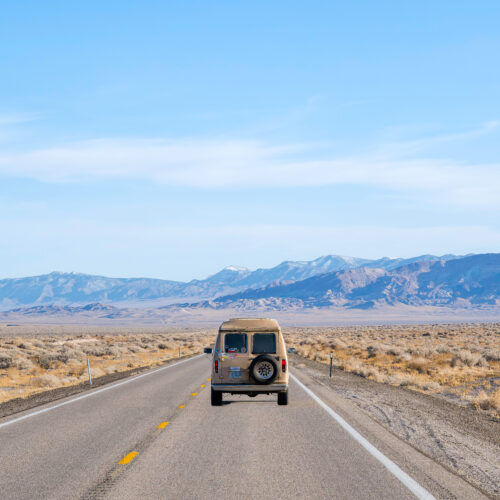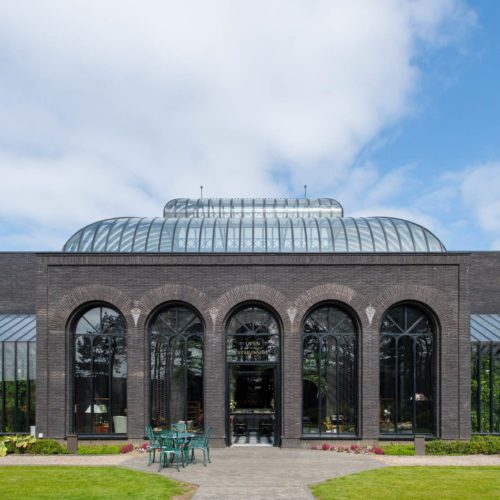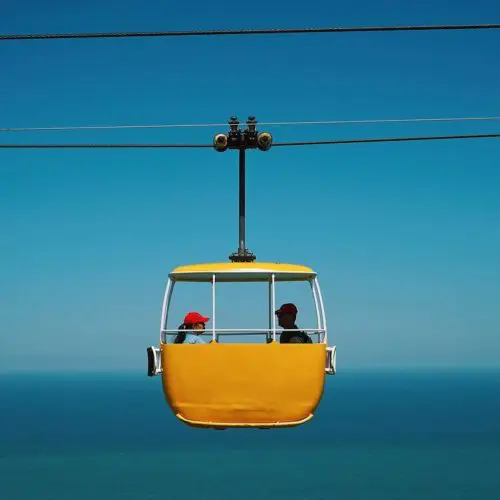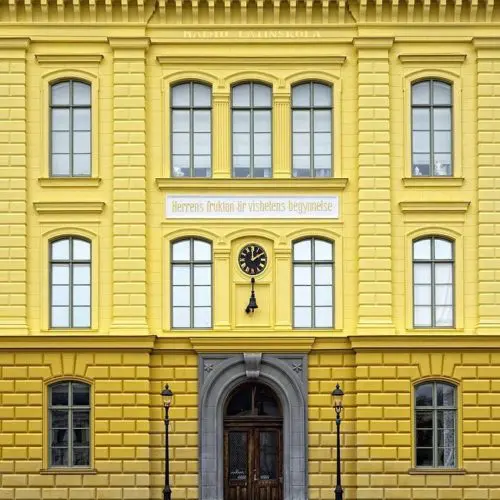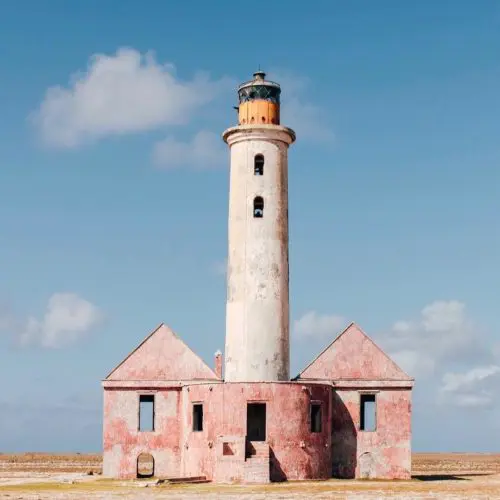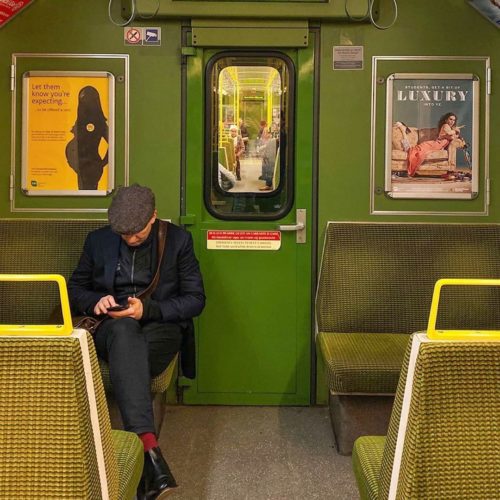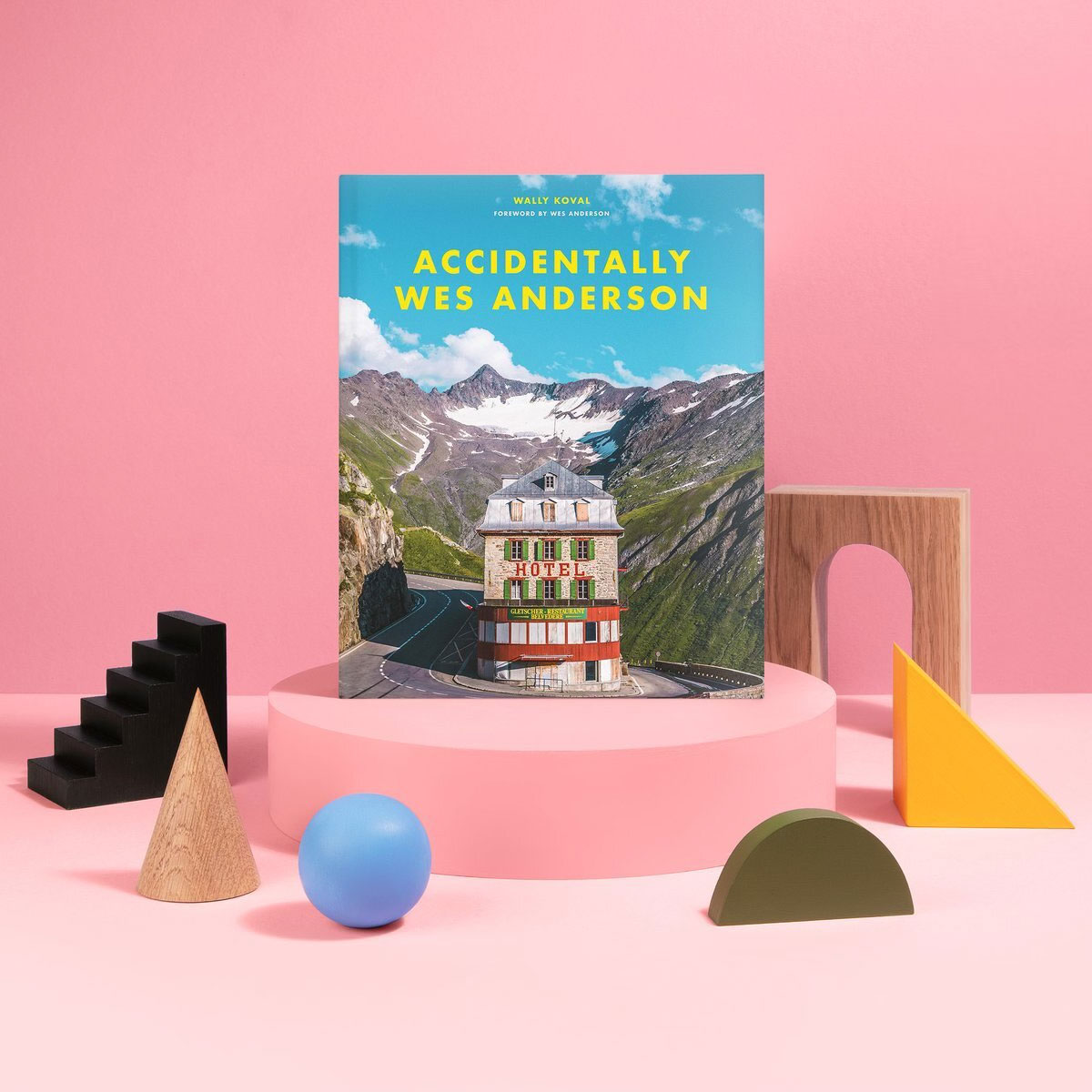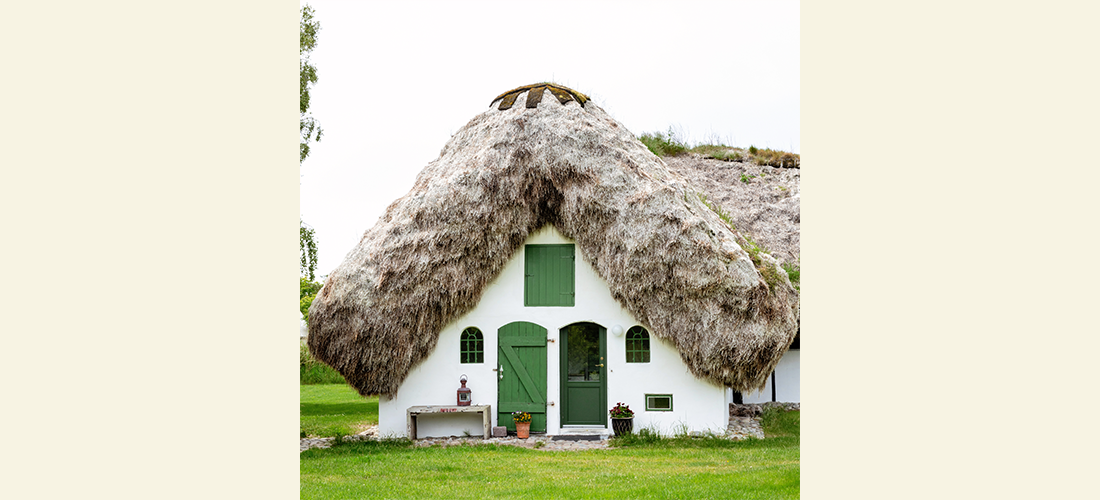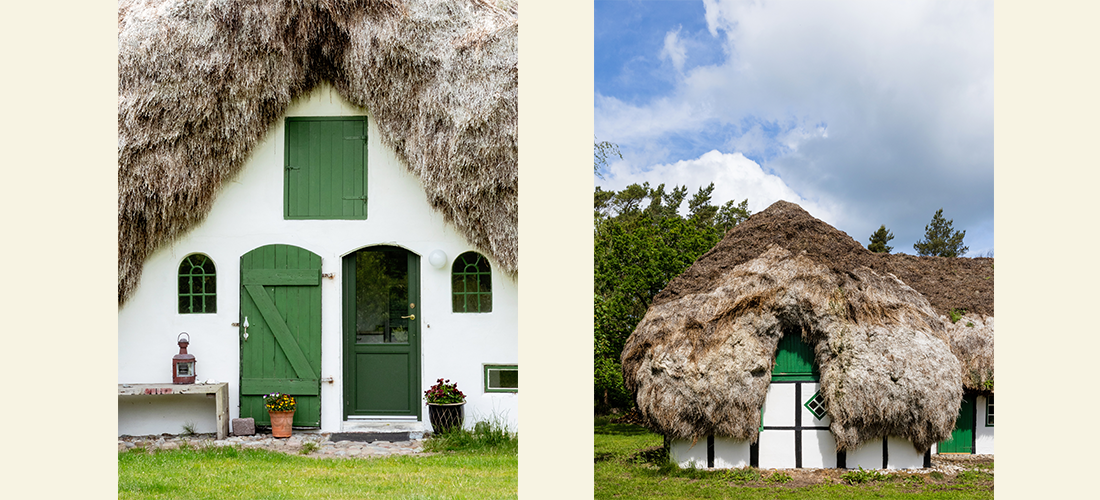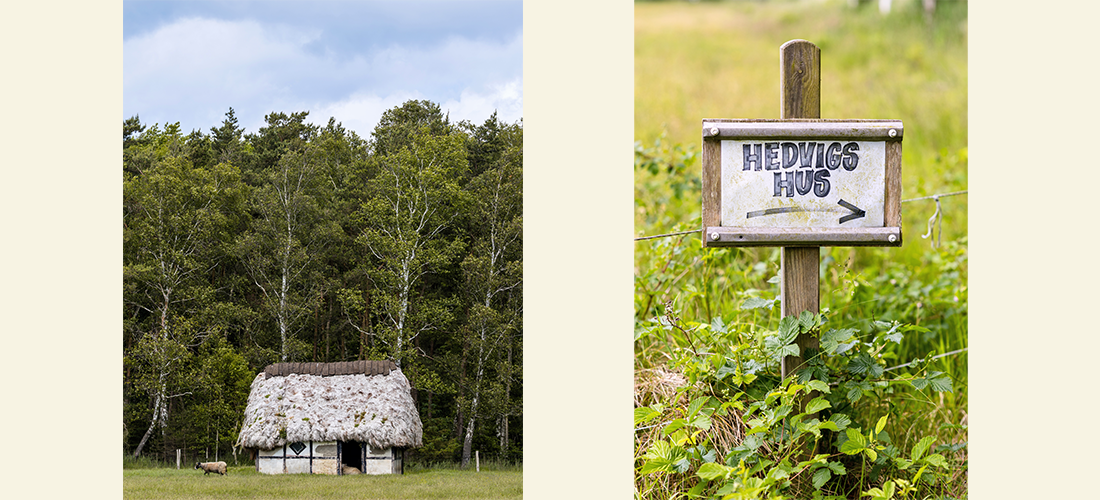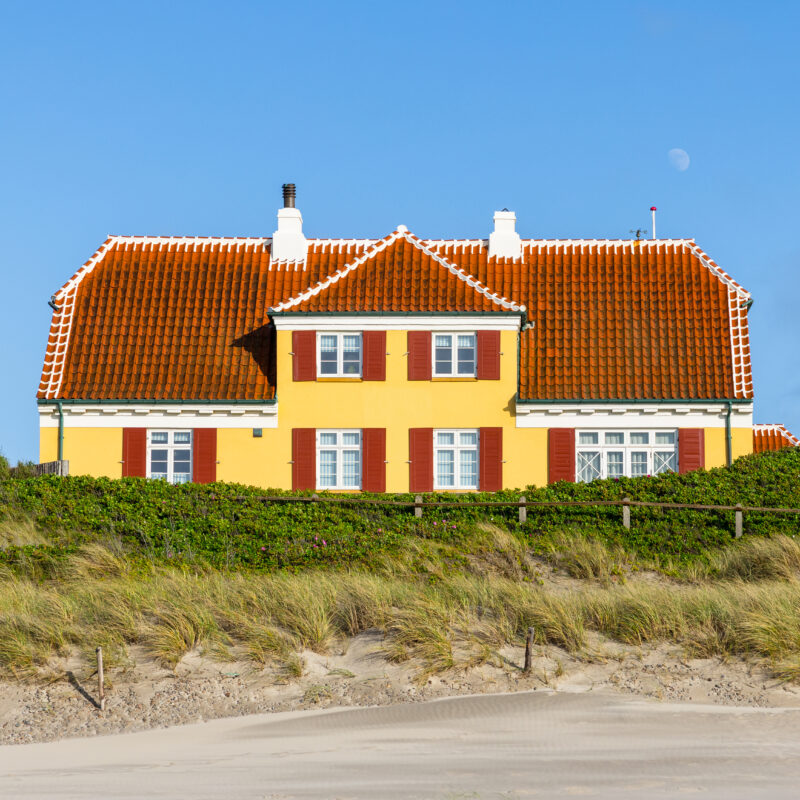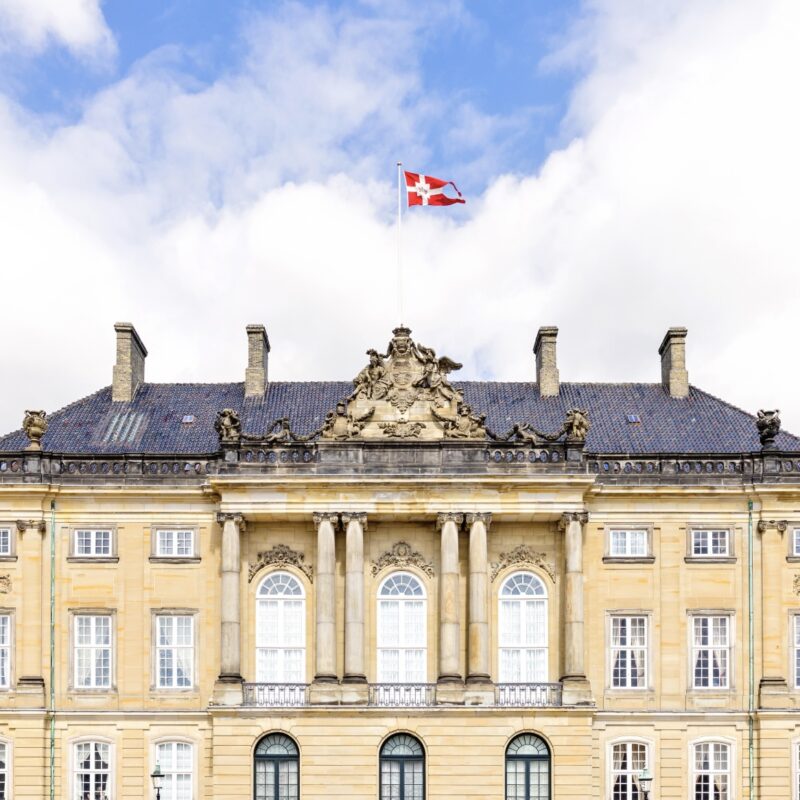On the Danish island of Læsø, the houses seem to wear the sea itself. Their roofs are thick, heavy cascades of eelgrass, a type of seaweed, layered so densely they ripple down the sides like waves that brought them ashore in the first place. Centuries ago, when salt-making had stripped the island of trees, there was little wood left for building. The islanders turned instead to the ocean, gathering the long strands of seaweed and weaving them into roofs so enduring that some have lasted hundreds of years. Over time, they grew shaggy and mossy, with wildflowers sprouting from their tops, as if the houses were alive!
Læsø was often a women’s island. Men spent long months at sea, so women ran farms, raised children, and kept (kelpt?) traditions alive. It was women who dragged the heavy, wet eelgrass up from the beaches, dried it, and packed it into thick mats for roofing. They worked in groups, carrying out the labor together, and in doing so, made sure the knowledge of how to build and repair seaweed houses never disappeared. The roofs they crafted were said to protect against storms and lightning, as well as providing insulation to help keep houses warm — definitely helpful during the harsh Danish winters!
There is folklore in the eelgrass too: the belief that it held the strength of the sea inside it, that its salt kept decay away, that the houses it crowned would stand firm no matter how hard the wind blew across the island. Old stories say the roofs “whisper in the wind,” carrying voices of ancestors. To live under such a roof was to live inside the island’s own resilience.
Only a handful of these houses remain, but their presence is powerful. They are monuments not just to resourcefulness, but to a community shaped by the sea, to women whose labor and knowledge made survival possible, and to a heritage that is as much alive as it is ancient.

